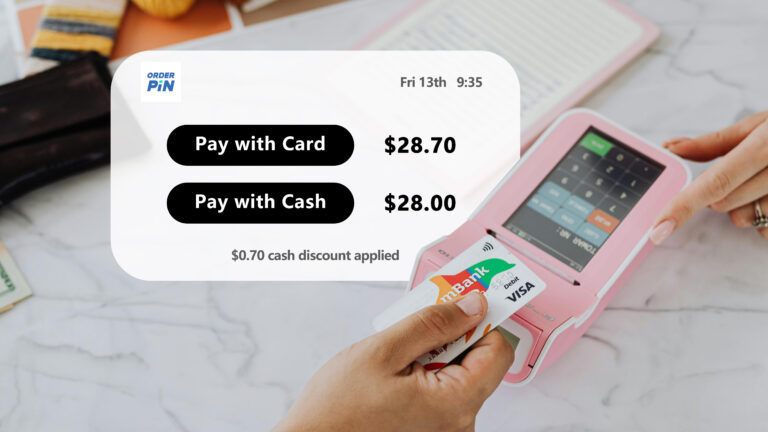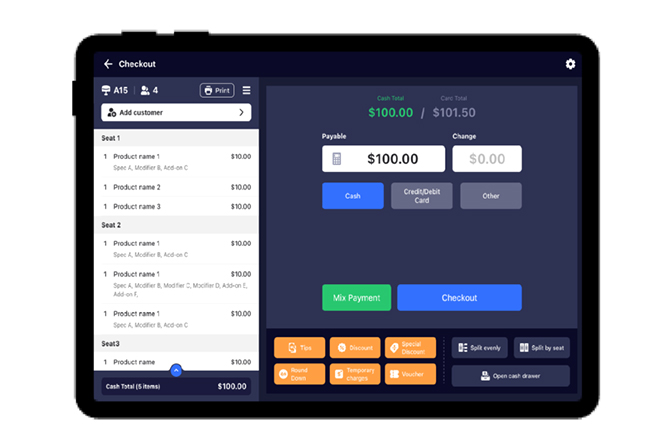As the payment landscape continues to evolve, businesses increasingly rely on flexible POS system pricing options to manage credit card processing fees and offer more choices to customers. Two common strategies are “dual pricing” and “surcharging,” but understanding their differences and the regulatory environment surrounding each is essential, particularly in the United States. Here, we explore how dual pricing and surcharging function and the specific restrictions placed by certain states.
What is Dual Pricing?
Dual pricing is a straightforward approach that offers two separate prices for customers based on payment method: a lower price for cash payments and a higher price for credit card transactions. Unlike surcharging, dual pricing presents these options upfront, showing the customer both prices at the start rather than adding fees at checkout.
The beauty of dual pricing lies in its compliance; it’s legal across all 50 states, making it a universally applicable strategy. By offering customers a choice from the start, businesses can incentivize cash payments, potentially reducing their credit card processing fees while maintaining compliance in every state.

What is a Surcharge?
Surcharging, on the other hand, applies an additional fee to credit card transactions specifically to cover processing costs. Instead of offering a cash discount, surcharging adds a fixed percentage or dollar amount to a purchase if a credit card is used. Although it helps businesses recoup fees, surcharging can sometimes carry more restrictions.
Surcharging is allowed in most U.S. states but comes with clear regulatory requirements:
- Disclosure: Businesses must inform customers of the surcharge amount or percentage. Signage is often required at entry points and the point of sale.
- Fee Cap: The surcharge must not exceed the actual cost of processing fees, usually capped at 4% of the purchase total.

State Restrictions on Surcharging
While surcharging is generally legal in most states, there are some important exceptions:
- Connecticut and Massachusetts: These states prohibit credit card surcharges, meaning businesses cannot apply an extra fee solely for credit card transactions. However, both states permit dual pricing, allowing businesses to offer a cash discount without adding an additional charge for card payments.
For merchants operating in these states, dual pricing presents a compliant way to manage payment processing costs while still offering customers an incentive to pay in cash.
Compliance Across the U.S.
- Dual Pricing: Legal in all 50 states, providing a flexible, compliant option for businesses to manage costs associated with credit card transactions.
- Surcharging: Allowed in most states with requirements for fee limitations and clear disclosure. Connecticut and Massachusetts are exceptions, where surcharging is not permitted.

Choosing the Right Approach for Your Business
For U.S. businesses, understanding the state regulations surrounding these pricing strategies is critical. In states where surcharging is restricted, dual pricing remains a flexible, compliant, and customer-friendly alternative. By working with a POS system that supports these functionalities, businesses can strategically manage transaction costs while adhering to state-specific guidelines.

